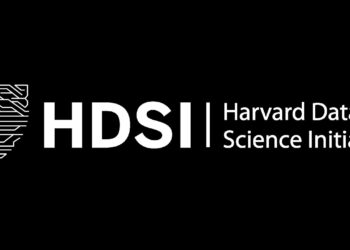During the COVID pandemic, using mobility data to model transmission dynamics and design non-pharmaceutical interventions became prominent in academic research and public-private partnerships. However, as the pandemic subsided, the logical next step of systematically incorporating mobility analysis into emergency management has yet to materialize. Part of the difficulty lies in standardizing agreements around data sources, analysis methods, and data management protocols, which require intricate negotiations between academia, government, and private companies.
A particularly revealing case is mobile network operators’ use of telecommunication data. Although most telecommunication companies have agreements with national governments to maintain infrastructure and facilitate early warning alerts during emergencies, the use of telecommunication data for emergency management is often not included in these agreements.
Join us to discuss three telecommunication and mobility data analysis case studies for emergency management. We will hear from researchers and stakeholders in the public and private sectors as they share their perspectives on the incentives and considerations behind data sharing and analysis agreements.
Speakers
- Maria Isabel Mejia – Affiliate at Berkman Klein Center for Internet & Society at Harvard
- Manuel Riaño- Co-author of “Yo, IA Innovación gubernamental: la era de la inteligencia artificial”. Government and Innovation
- Takahiro Yabe, Ph.D. – Assistant Professor at the Center of Urban Science & Progress at NYU
Moderator
Andrea Parra- Research Affiliate CrisisReady

Note: Image from Yabe, T., Tsubouchi, K., Shimizu, T. et al. YJMob100K: City-scale and longitudinal dataset of anonymized human mobility trajectories. Sci Data 11, 397 (2024). https://doi.org/10.1038/s41597-024-03237-9
Event Summary



